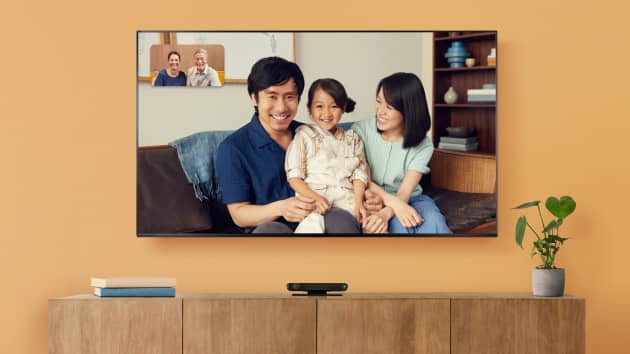
I’ve just seen the West Yorkshire devolution deal described as “taking power from Westminster”. This raises a number of questions, a couple of which are (a) is it really taking power?; and (b) who in West Yorkshire has taken this power?
The West Yorkshire devolution deal has been haggled over for years, and is one of the last “devolution” deals to be agreed between Westminster and local politicians. It is an agreement. And I am 100% sure that it would not have been agreed at all if politicians in Whitehall hadn’t approved every last detail of it. Is this really taking power? I don’t think so. The UK is one of the most centralised states in the world. No subordinate body, beit a Parish Council or the West Yorkshire Combined Authority does anything without the sanction of the national government. And now this national government claims to be giving away power. The devolution deal sets out the terms in which that power is to be given away. It maps out very clear perameters within which the money it is supposedly handing over can be spent. So, in reality, the power stays where it has always been, in Westminster. And you can be pretty sure that if the local bodies deviate in any way from the agreement, then the money won’t be forthcoming.
And to answer my second question. The local body to which the power is supposedly being transferred is the West Yorkshire Combined Authority. Who? I hear you ask. Precisely. Next year we are to be privileged enough to get the opportunity to elect a Mayor to head up this body, and that might give it a raise in profile and focal point, but, up to now, most people in West Yorkshire will not have heard of the Combined Authority, let alone know who makes up its membership. So, even if we accept that power is indeed being transferred (which I don’t), do we know who the people are who exercise this power on our behalf?
The flagship project which these new powers and money are to be deployed on is a rapid transit scheme (tram network to you and me). It would be great to have such an initiative in place, it would solve a lot of problems. But, if the power was really being handed over to the people of West Yorkshire, would this be their priority? What about having enough money to put food on the table? What about social care? What about better and cheaper buses? There are probably very many issues which the public would want to be tackled before we got to putting trams on the region’s streets. But oh, the powers over those issues are not being devolved. So is this devolution worth having in any case?
What do you think?
===========================================================
While you are here, can I please ask you to take a minute to subscribe to my YouTube Channel here
If you would like to support me to do more of my work in using Digital Storytelling, social media, and video for social good, please consider making a regular contribution via Patreon or perhaps, just buy me a coffee here. I would be especially grateful for this support as I enter my cancer treatment phase.








